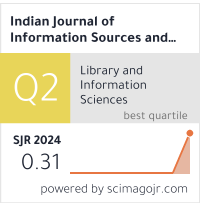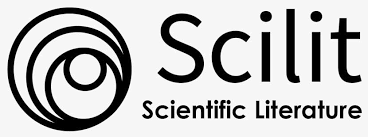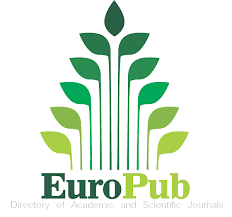Morphological Structures in Korean and their Implications for Language Typology
DOI:
https://doi.org/10.51983/ijiss-2025.IJISS.15.2.53Keywords:
Korean Morphology, Linguistic Typology, Agglutinative Languages, Discourse Morphology, Honorifics, Cross-Linguistic Comparison, and Language UniversalsAbstract
The paper discussed the Korean morphosyntactic
structures within the context of linguistic typology. It analyzes
the morphological system of Korean agglutination, honorifics,
and discourse-sensitive markers in light of classical and
contemporary models of linguistic classification. As much as
Korean tends to conform to agglutinative typology, it is also
marked by morphophonological fusion, pragmatic ellipsis, and
zero anaphora, which blur the lines of categorization. The paper
represents Korean as a bridge language that straddles a hybrid
typological terrain while illustrating the problem posed by
morphosyntactic fusion shared between Trans Eurasian and
non-agglutinative languages. From a comprehensive
perspective, incorporating disparate descriptions and theories,
the study argues for the role of usage-based multidimensional
models of typology. It enhances the understanding of the
interplay between morphology, discourse, and grammar.
Downloads
Published
How to Cite
Issue
Section
License
Copyright (c) 2025 The Research Publication

This work is licensed under a Creative Commons Attribution-NonCommercial-NoDerivatives 4.0 International License.









